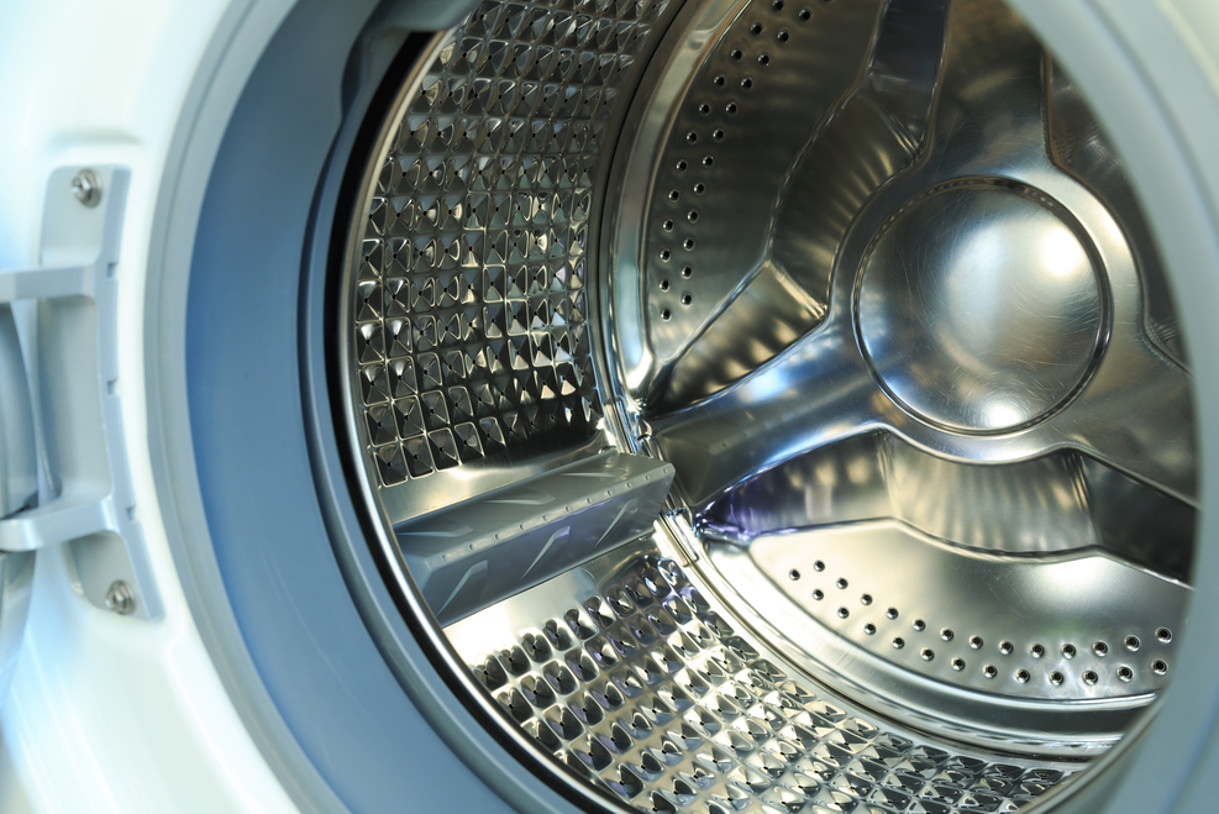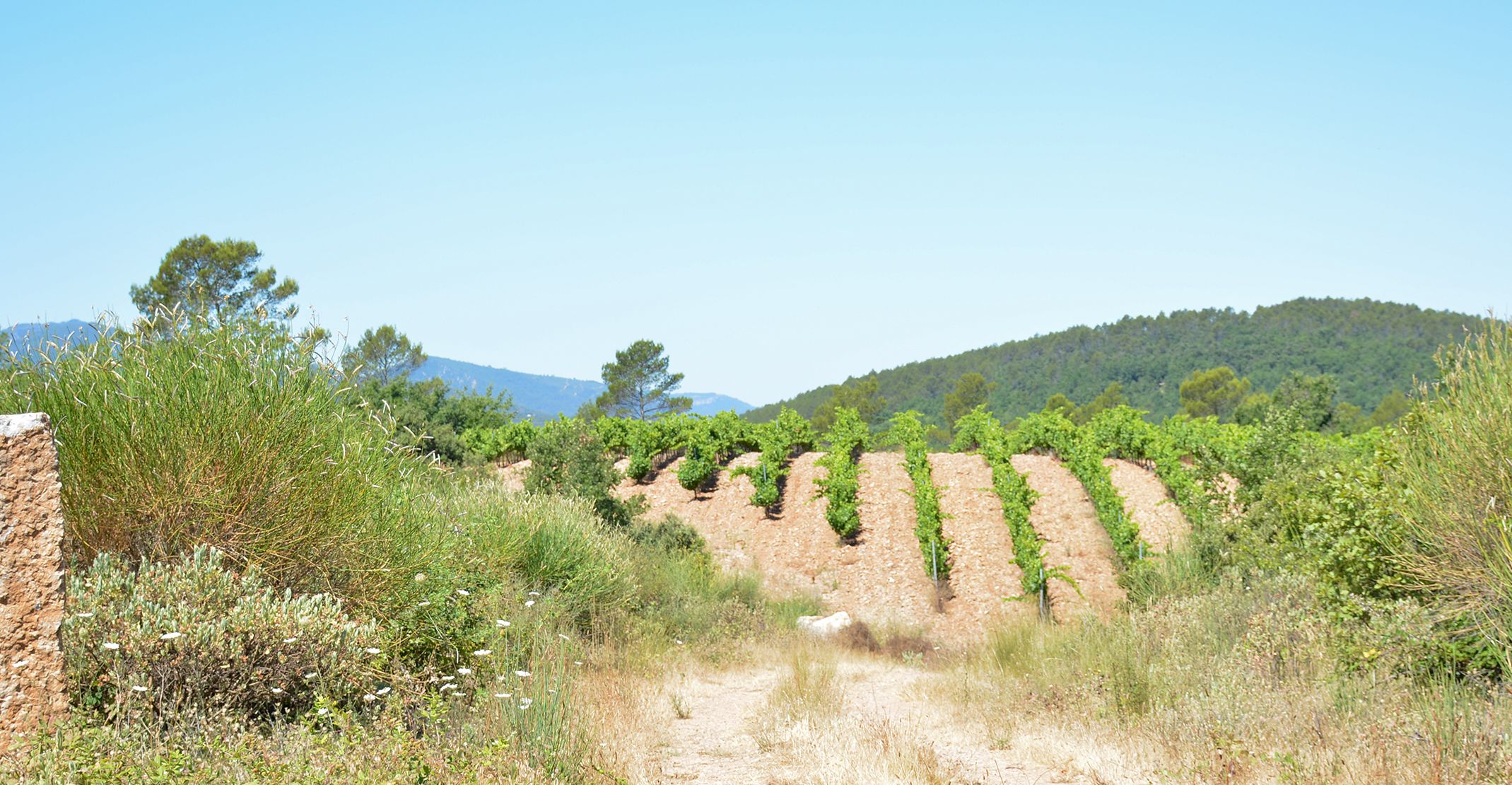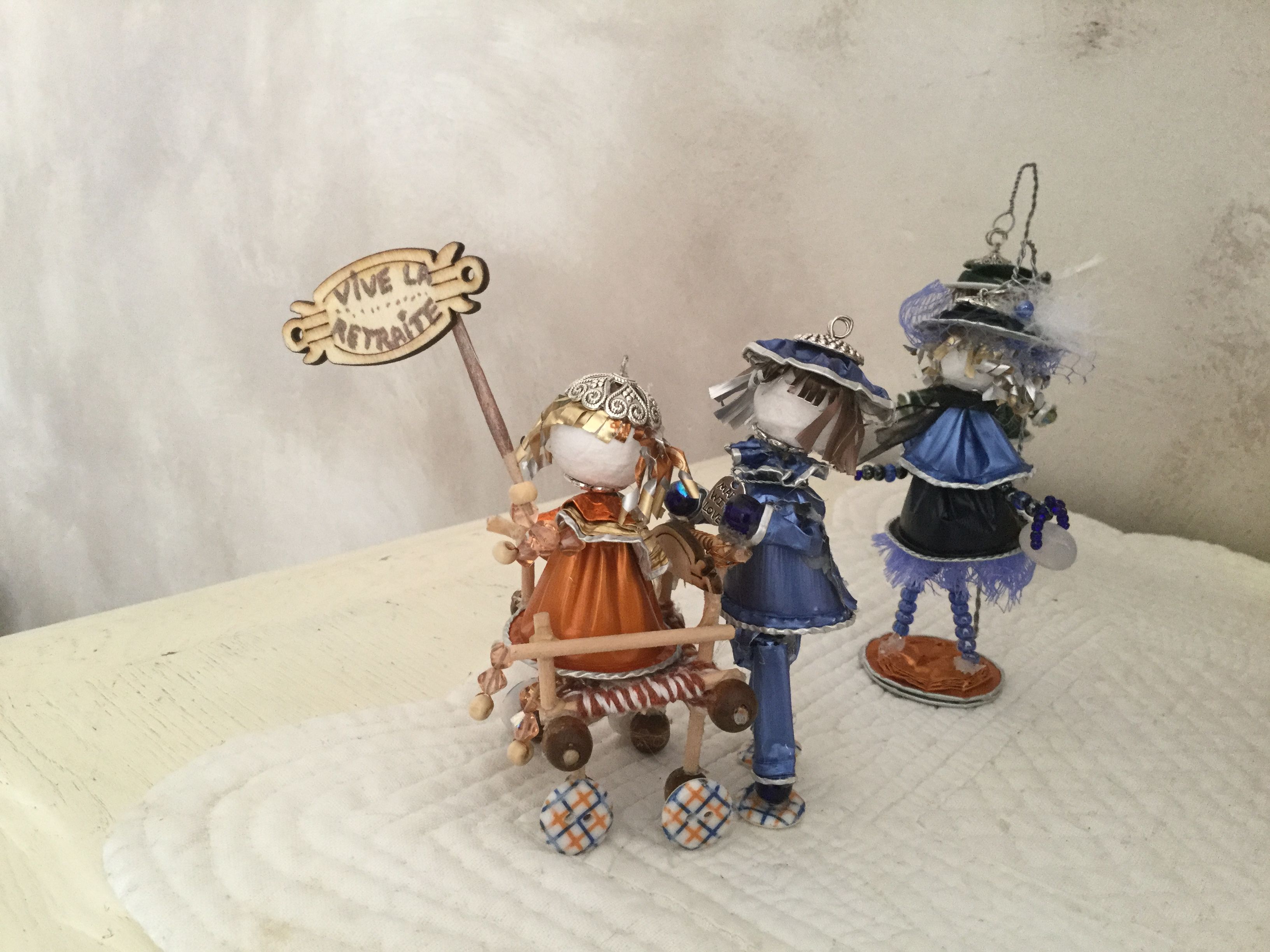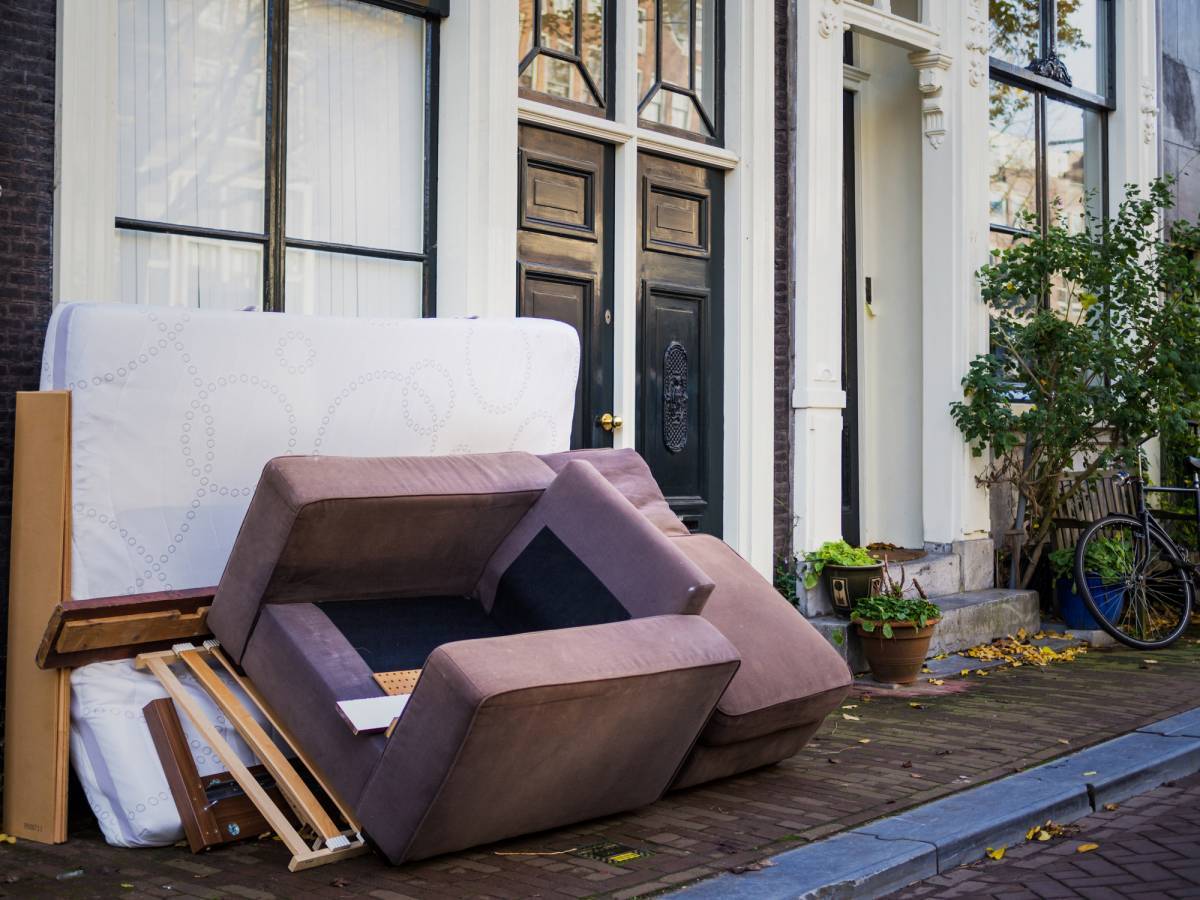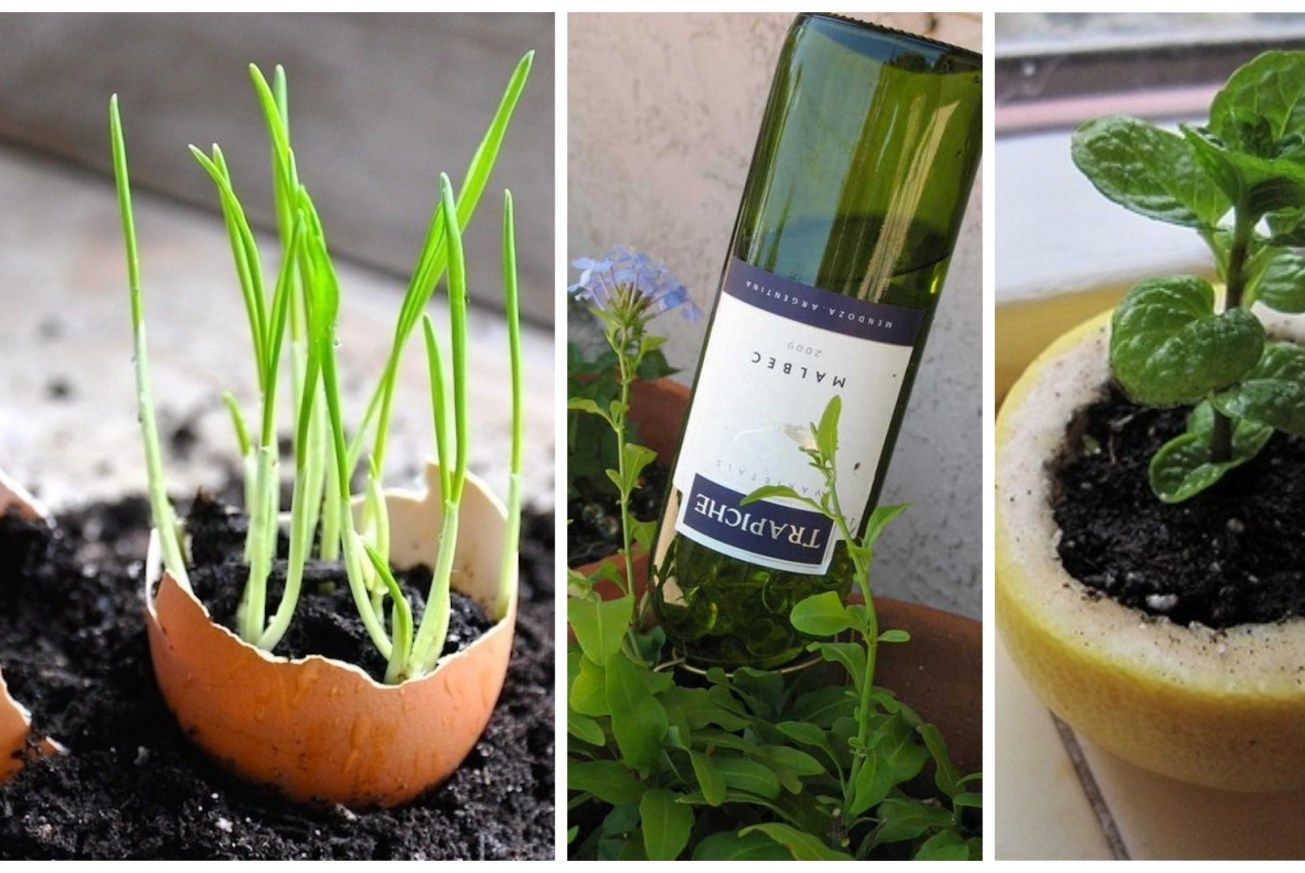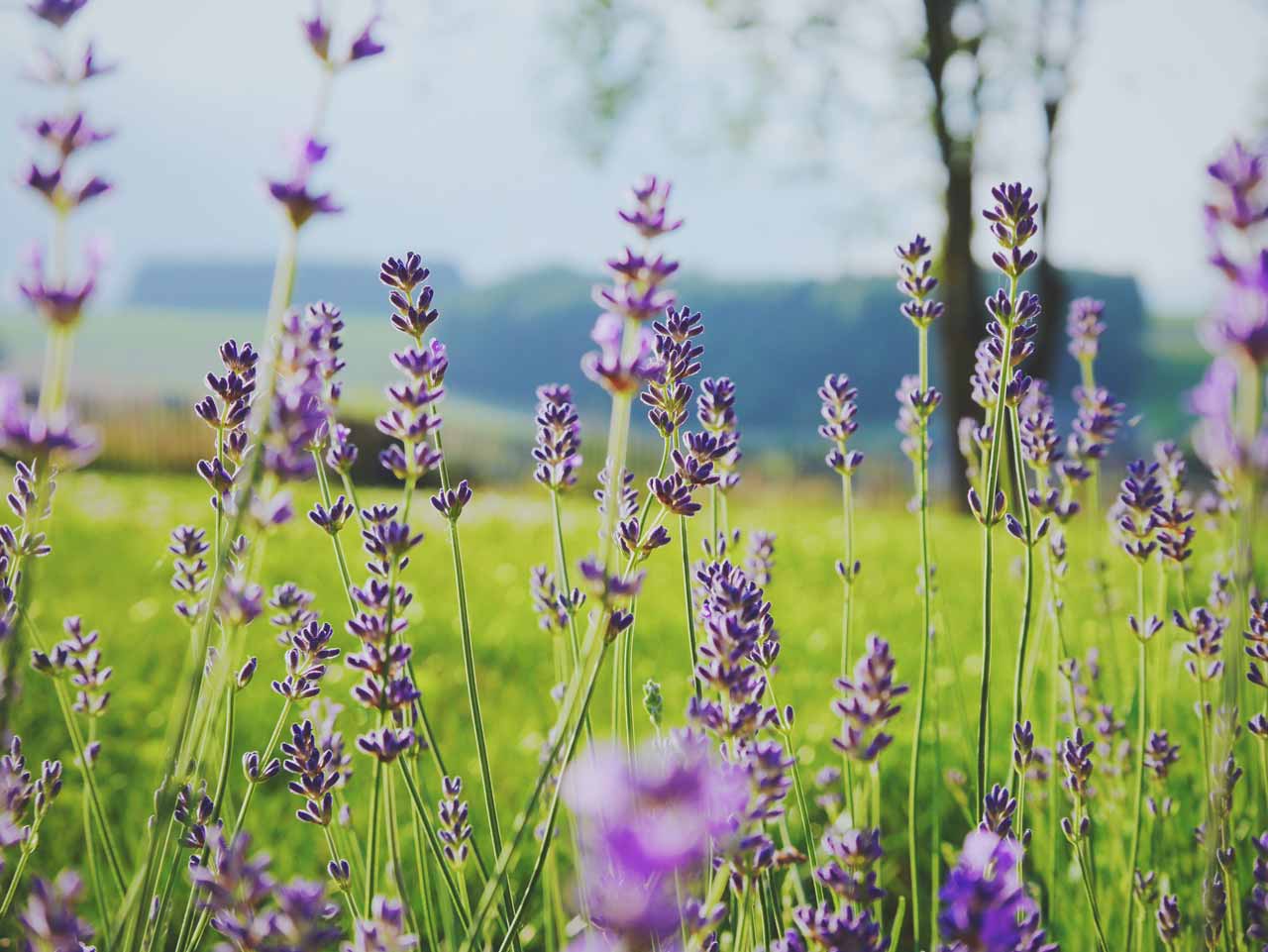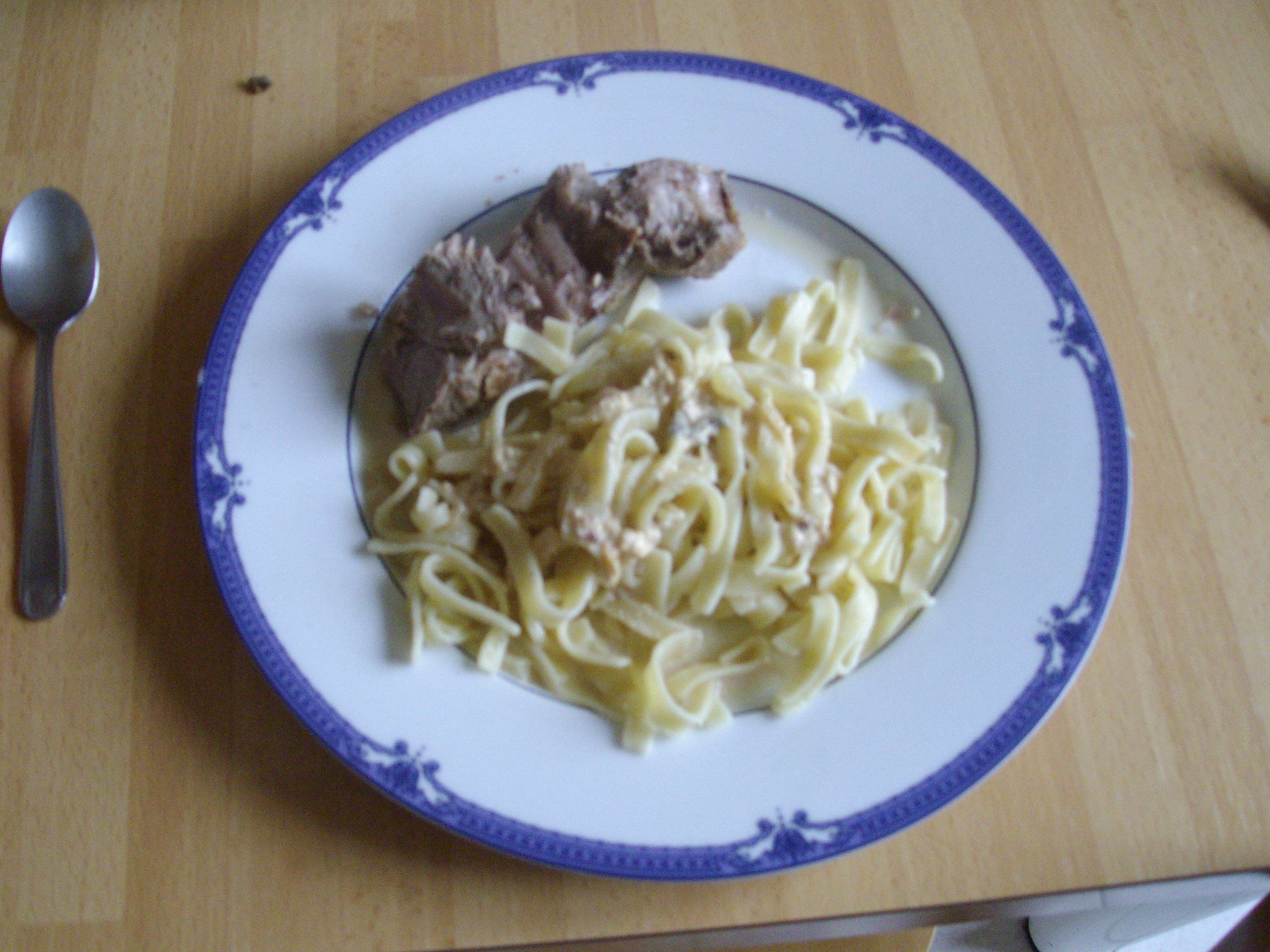Efficient And Easy To Make: The 100% Natural Fabric Softener Recipe.
Thanks to this homemade fabric softener with natural ingredients, my laundry is even softer to the touch.
And since it softens the fibers of the fabrics, my clothes are no longer charged with static electricity when I take them out of the dryer.
All this without leaving a layer of chemicals on my clothes ...
No more strong smell of artificial perfumes!
And that's not all ! I can also use it in the form of fabric softener wipes that I add directly to the dryer!
You will see, this homemade formula is not only super easy to prepare... but she is also particularly economical.
So if you're looking for a natural alternative to expensive store-bought fabric softeners, you've come to the right place! Look :
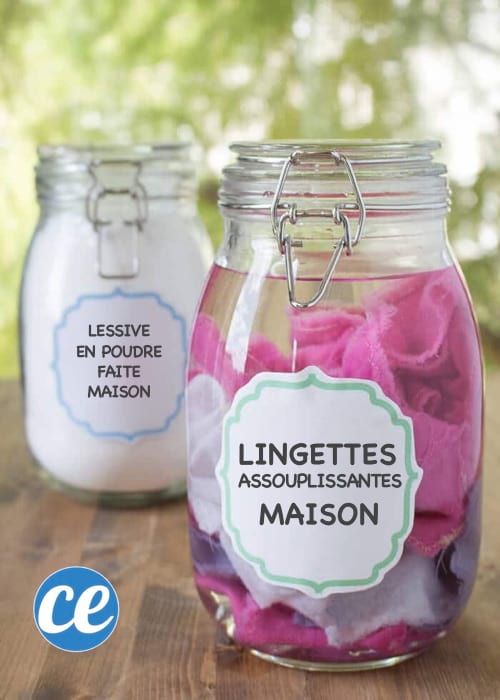
I grew up in the country where clothes were dried in the old fashioned way, stretched out on a long clothesline in the garden, in the open air.
I still remember folding this warm linen, imbued with the delicate scent of the sun's rays of spring, summer and autumn.
Today ? Like most French people, I live in the city… without a clothesline!
But I still dream of laundry dried in the sun that smelled so good, clean and fresh.
I've been trying out different homemade recipes for several years now, trying to reproduce the smell of liquid fabric softeners and commercial fabric softeners.
But one day, reading the ingredients on the Cajoline fabric softener label, I discovered that it contained this: cationic surfactants.
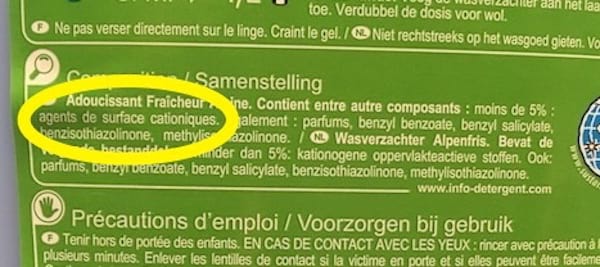
Cationic surfactants? But what is this thing ?
After doing some research on the internet, I found the answer ... and what I found gave me goosebumps.
In fact, it's a generic term used by manufacturers to refer to the many harmful chemical ingredients found in commercial fabric softeners. Yuck!
The truth about store-bought fabric softeners
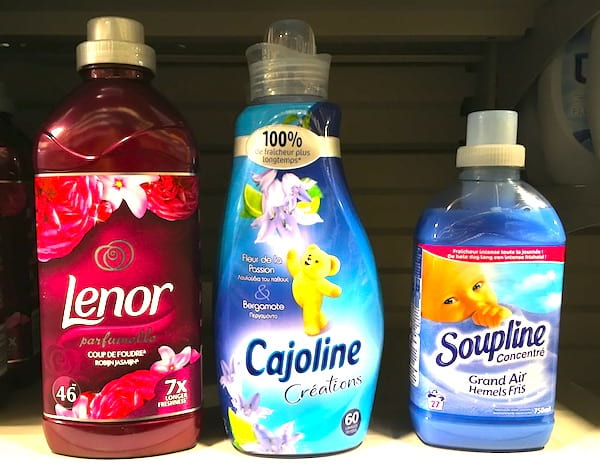
To get you to buy their fabric softeners, manufacturers give them catchy names like Wild orchids, Whirlwind of freshness, Oriental treasure…
Except that to flavor fabric softeners (and your laundry), manufacturers add artificial flavors.
These perfumes contain toxic substances which harm your health and contribute to indoor air pollution in your home.
These pollutants are called C.O.V. (volatile organic compounds) and they can cause immediate or long-term health problems: asthma, hormonal disorders, cardiovascular disease, cancer, headaches, eye irritation, congestion and nausea.
To discover : Toxic Substances in 237 Daily Hygiene Products.
How do store-bought fabric softeners work?
Commercial fabric softeners cover the fibers of your clothes with a thin layer, with a slightly waxy consistency.
It is this thin film that makes your laundry softer to the touch.
And of course, your skin comes in contact with this thin layer of fabric softener every time you wear your clothes.
This is true for the sheets you sleep in as well as the towels you dry yourself with.
So, as you will understand, there are plenty of opportunities for your skin to absorb the dangerous chemicals in a commercial fabric softener! Because the skin is far from being hermetic to these products ...
How to soften your laundry naturally?
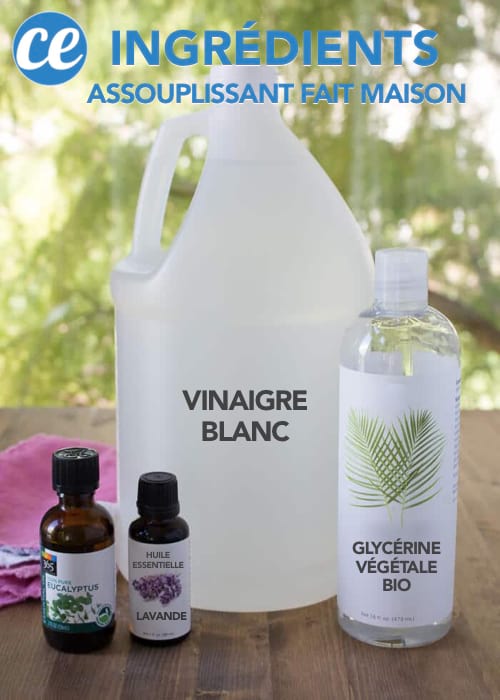
There are several natural alternatives to soften your laundry without toxic substances.
Don't worry, they're all easy to use. Look :
1. Baking soda: added to washing, it lowers the pH of the water in the washing machine. Thus, the water is softened, which helps to rinse the laundry better and to make it more flexible. This is also why baking soda is one of the ingredients in my 100% organic homemade laundry powder recipe.
2. White vinegar: added during the rinse cycle of your washing machine, it helps dissolve detergent well, removes soap scum and eliminates bad smells from dirty laundry. Add a little white vinegar during the last rinsing cycle in the compartment of your machine. Usually, this is the compartment indicated with a flower symbol. Note that you can also use a ball that automatically distributes the fabric softener during the rinse cycle, like this one.
3. Wool drying balls: When placed in your tumble dryer, the wool dryer balls rub the fabric of your laundry, which softens the fibers and prevents your clothes from being charged with static electricity.
4. My homemade fabric softener: you can add it as a liquid directly in your washing machine, during the last rinsing cycle. And you can also use it in your dryer as fabric softener wipes. My recipe uses white vinegar to soften and deodorize the laundry, and contains vegetable glycerin for an even more softening effect.
- Vegetable glycerin. It is used in skin care and beauty products because it is known for its hygroscopic properties (it absorbs moisture from the air). Glycerin comes in the form of a thick, transparent liquid. It is a natural derivative from the soap making process.
- My homemade fabric softener does not contain baking soda. In fact, baking soda is not suitable for use in the dryer. In addition, the reaction between white vinegar and baking soda is not suitable for all cleanings.
Recipe for my 100% natural fabric softener
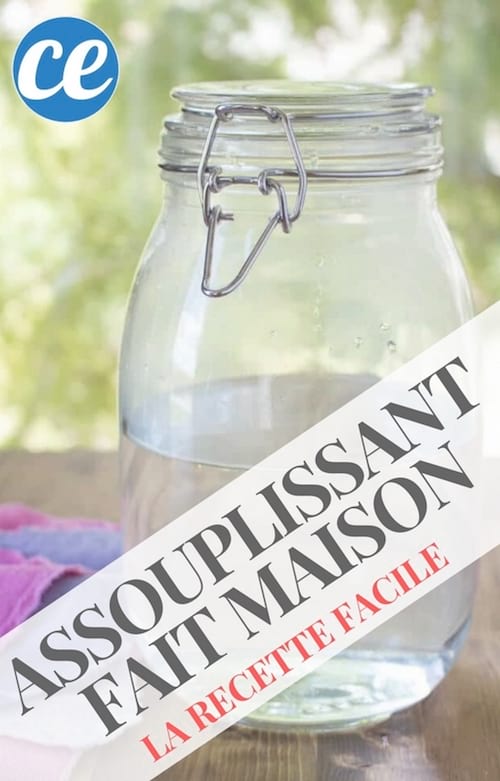
Ingredients
- 50 cl of white vinegar
- 50 cl of water
- 3 cl of organic vegetable glycerin (2 tablespoons)
- 10 to 20 drops of an essential oil of your choice (for example eucalyptus oil and true lavender oil)
- Optional: 100% cotton fabric (to make fabric softener wipes that can be tumble dried)
How to make liquid fabric softener
1. In a large glass jar, combine the white vinegar, water and vegetable glycerin.
If you are not going to make fabric softener wipes, pour all of these ingredients directly into an old bottle of vinegar. It will be even easier to pour into the washing machine.
2. If you wish, add 10 to 20 drops of the essential oils of your choice, to flavor your homemade fabric softener.
3. Stir and shake everything, to mix all the ingredients well.
My favorite blends to naturally perfume my laundry:
- Zen atmosphere: 10 drops of eucalyptus essential oil + 5 drops of true lavender oil.
- Floral freshness: 8 drops of ylang-ylang essential oil + 8 drops of jasmine oil
How to make fabric softener wipes
1. Add a few pieces of a 100% cotton fabric to your fabric softener jar.
For example, to make mine, I used an old flannel sheet that I cut into pieces about 13cm x 20cm.
Optional: you can also sew the edges of your wipes to prevent the fabric from unraveling over time. But this step is purely aesthetic. This is because you can simply tear strips of fabric in flannel or cotton jersey.
My Sioux trick: to make your wipes, simply use an old t-shirt that you will cut into strips. Just make sure the t-shirt is 100% cotton.
Easy to use
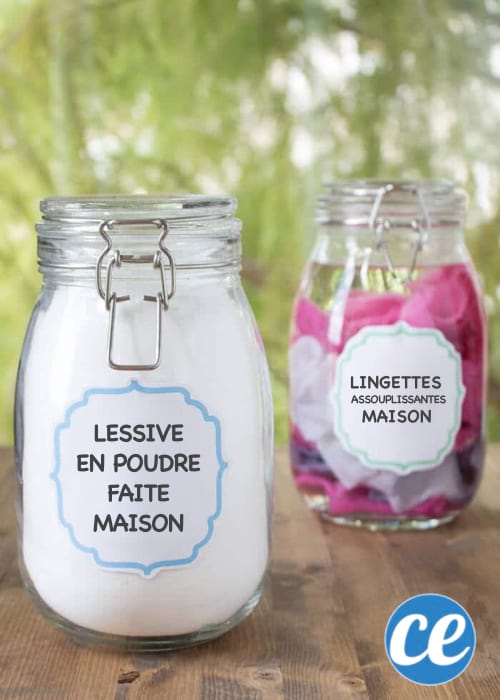
To use liquid fabric softener: add 12 cl during the last rinsing cycle of your machine.
Where to pour it? The detergent drawer of a classic washing machine is divided into three compartments. Put the fabric softener in the corresponding compartment, the one designated by the flower symbol.
And of course, you can also use a ball that automatically distributes the fabric softener during the rinse cycle, like this one.
To use the fabric softener wipes: wring out a cloth and place it in the dryer with your damp cloth, as you would with a fabric softener.
Tips for having even softer laundry
- Use reusable drying balls or clean tennis balls to soften laundry and speed up drying time. Check out the trick here.
- To eliminate static electricity, put a ball of aluminum foil in your dryer. Check out the trick here.
- To dry synthetic fabrics or other clothes that attract static electricity, take them out of the dryer when they are still slightly damp and allow them to air dry on a drying rack. Thanks to this method, the clothes will never be wrinkled and will not be charged with static electricity. Check out the trick here.
What is the real natural smell of clean?
If you only use the natural ingredients in this recipe, be aware that your laundry will not emit a strong odor like that of these artificial, chemical-based fragrances.
To bring a soft and 100% natural scent to your laundry, you have 2 possibilities:
1. Add essential oils. Essential oils are 100% natural and their use poses no risk to your laundry.
- Thanks to the essential oils in this homemade washing powder and this liquid fabric softener, your laundry room will smell great. But be aware that this pleasant scent will almost completely disappear during the rinse cycle.
- The essential oils used on homemade fabric softener wipes or wool drying balls will scent your laundry, but very lightly.
2. Use a textile deodorant spray. For example, use this 100% natural homemade Febreze recipe, without toxic products. It is an effective way to refresh your laundry and give it a slightly stronger natural scent.
- Spray fabric deodorant on your dry laundry when you fold it.
Conclusion: Laundry really clean has no smell!
The main reason I add essential oils to my homemade fabric softener is to mask the smell of white vinegar and because I like the scent they give off when I do the laundry.
Your laundry does not smell clean even when it comes out of the washing machine or dryer? Know that you can easily remove stubborn bad odors from your laundry thanks to my step by step tutorial. Check out the trick here.
Your turn...
Have you tried this homemade natural fabric softener recipe? Tell us in the comments if it worked for you. We can't wait to hear from you!
Do you like this trick ? Share it with your friends on Facebook.
Also to discover:
How I Make My Natural Fabric Softener.
Efficient and Easy to Make: The Laundry Recipe WITHOUT Chemicals.

